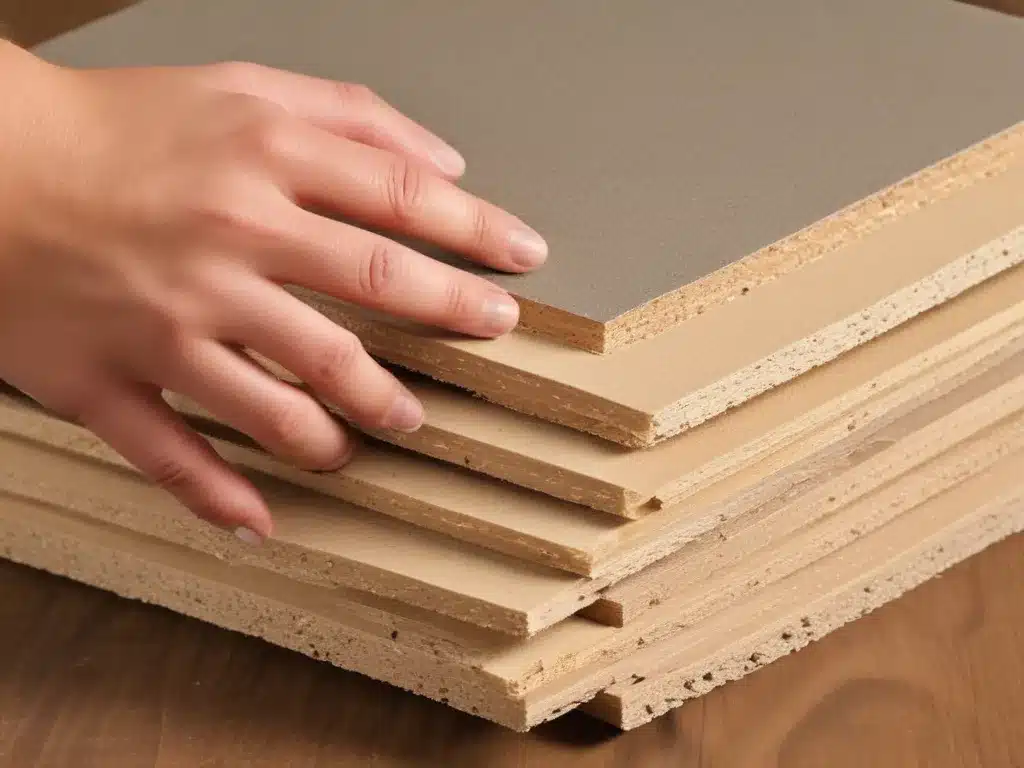
Understanding Sandpaper Grits: A Gritty Affair
Ah, the world of woodworking – where the sound of a well-sanded surface is music to our ears, and the perfect finish is the holy grail we all strive for. But, my friends, have you ever found yourself scratching your head (or your poor, abused wood) when it comes to choosing the right sandpaper grit? Fear not, for I am here to take you on a journey through the gritty details, and by the end of this article, you’ll be a sandpaper-grit-choosing ninja.
First things first, let’s talk about what a grit actually is. In the world of sandpaper, the grit refers to the size and coarseness of the abrasive particles that do the heavy lifting – the bigger the grit number, the finer the particles. So, when you’re starting out with a rough surface, you’ll want to reach for a lower grit, like 40 or 60, to get that material removed in a jiffy. But as you progress through the sanding process, you’ll want to gradually move up the grit scale, using finer and finer paper to smooth out the surface and get that silky-smooth finish you crave.
Navigating the Grit Spectrum: From Coarse to Fine
Now, let’s dive a little deeper into the grit numbers and what they mean. On the lower end of the scale, you’ve got your coarse grits, ranging from 24 to 80. These bad boys are perfect for removing a significant amount of material, like when you’re trying to smooth out a rough-sawn board or tackle a significant amount of material removal. But be warned, they can leave behind some pretty gnarly scratch patterns if you’re not careful.
As you move up the scale, you’ve got your medium grits, ranging from 100 to 150. These are great for smoothing out the surface and getting rid of those pesky scratch marks left behind by the coarser grits. They strike a nice balance between material removal and surface refinement.
And then, we’ve got the finer grits, ranging from 180 to 320 and beyond. These are your finesse players, the ones that’ll give you that glass-like finish you’ve been dreaming of. They’re perfect for the final stages of sanding, where you’re just trying to get that surface as smooth as a baby’s bottom.
Choosing the Right Grit for the Job
But, you might be asking, how do I know which grit to use for my particular woodworking project? Well, my friends, let me break it down for you:
- Starting Out: If you’re dealing with a rough, uneven surface, start with a coarse grit, like 40 or 60. This will help you remove a significant amount of material and get the surface to a more manageable state.
- Intermediate Sanding: Once you’ve taken care of the bulk of the material removal, move up to a medium grit, like 100 or 120. This will help you smooth out the surface and remove any lingering scratch marks.
- Final Finishing: For the final touches, reach for those finer grits, like 180, 220, or even 320. This will give you that silky-smooth finish that’ll make your woodworking project shine.
Remember, the key is to take it slow and move up the grit scale gradually. Rushing through the sanding process or skipping grit sizes can lead to uneven surfaces, unwanted scratches, and a whole lot of headaches.
Putting it All Together: A Real-Life Example
Now, let’s take a look at a real-life example to see how this all plays out. Imagine you’ve got a beautiful oak dining table that’s been sitting in your workshop, just begging to be refinished. Here’s how you might tackle the sanding process:
- Start with the Coarse Stuff: You begin with a 60-grit sandpaper, attacking the table top with your orbital sander. The coarse grit makes quick work of the old finish and levels out the surface.
- Smooth it Out: After a thorough once-over with the 60-grit, you switch to a 100-grit paper. This helps to smooth out the scratches left behind by the coarser paper and prepares the surface for the final steps.
- The Grand Finale: For the final sanding, you break out the 180-grit and 220-grit papers. These fine grits give the table top a silky-smooth finish that’s ready for a fresh coat of stain or varnish.
By taking the time to carefully select the right sandpaper grits and work through the process systematically, you end up with a dining table that looks like it just rolled off the showroom floor. And let me tell you, that sense of accomplishment is worth its weight in gold (or oak, in this case).
Embracing the Gritty Goodness
So there you have it, folks – the ins and outs of choosing the right sandpaper grits for your woodworking projects. It may seem like a daunting task at first, but trust me, once you get the hang of it, it’ll become second nature. Just remember to take your time, experiment, and embrace the gritty goodness – your projects will thank you for it.
And if you’re ever in need of some top-notch power tools to make your sanding adventures a breeze, be sure to check out Power Tools Pros. They’ve got everything you need to take your woodworking game to the next level. Happy sanding, my friends!


























